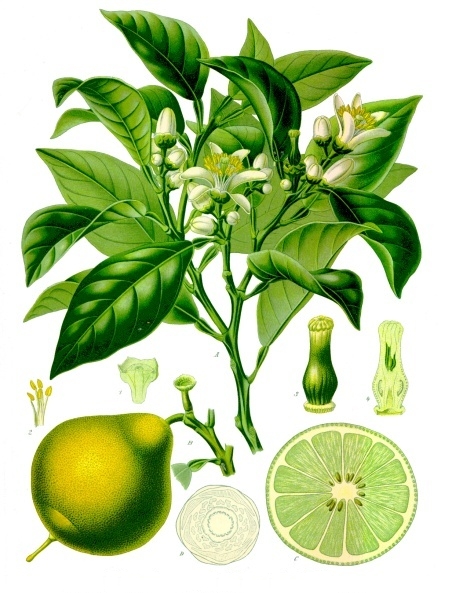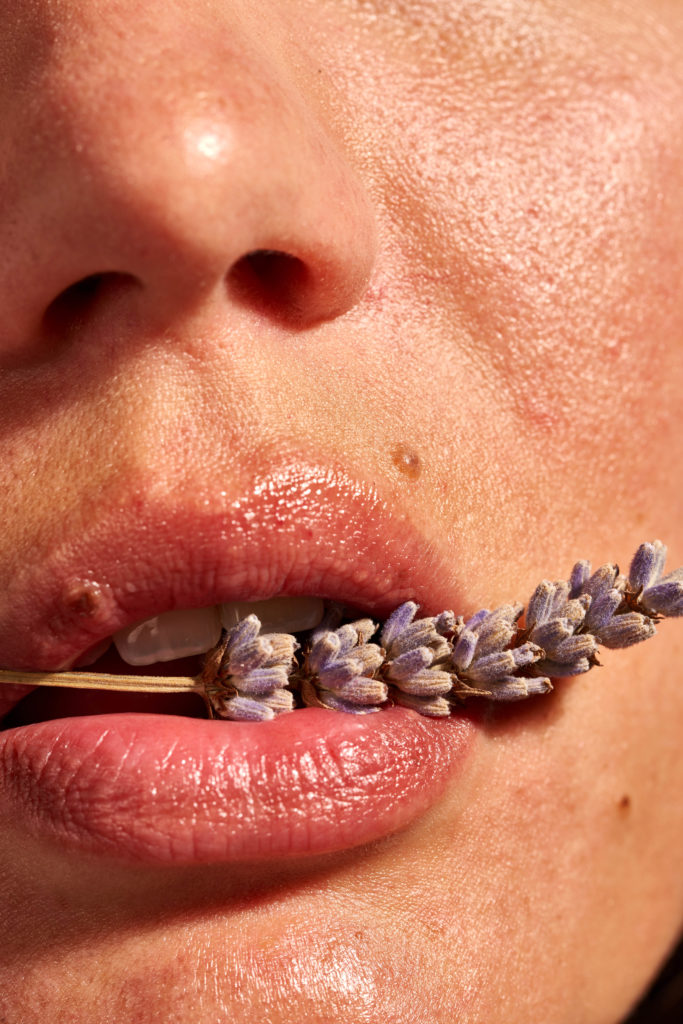For more than three centuries, eau de cologne has fascinated noses the world over with its aromatic freshness. The original formula has never ceased to evolve and modernise to meet the changing expectations of connoisseurs. But what exactly are the origins of this mythical fragrance? Let’s take a look at the history of eau de cologne—a cult product in perfumery.

Original Eau de Cologne via Wikipedia
The origins of eau de cologne: Aqua Mirabilis
Eau de cologne today designates a category of perfume that contains between 4 and 6% of essences. It is a source of inspiration revisited by the greatest houses and whose history began as early as the 18th century.
The discovery of eau de cologne is still a source of mystery today. Some sources attest that Giovanni Paolo Feminis (1660-1736), a Swiss apothecary, discovered the secret of making “admirable water” or aqua mirabilis from Italian nuns. This recipe, based on a mixture of citrus and aromatic accords, was then passed on to his nephew, Jean-Antoine Farina, an apothecary in Cologne.
A heritage treasure

Bergamot, one of the cult ingredient of the Eau de Cologne
Several authenticated documents indicate Giovanni Paolo Feminis invented the recipe from scratch. He then bequeathed it to Farina, who passed it on to his grandson Jean-Marie Farina (1685-1766). The latter settled in Cologne at the beginning of the 18th century after having stayed in Venice to master the skills of perfumery. As early as 1708, he created an Eau Admirable from a mixture of essential oils and brandy. He was also the first perfumer to use bergamot in its composition. He decided to distil the alcohol he was using several times to remove its bad smell.
“I created a perfume that reminds me of spring mornings in Italy, of narcissus with radiant flowers and orange blossom after the rain. It refreshes me while stimulating my senses and imagination”.
– Excerpt of a letter from Jean-Marie Farina to his brother in 1708.
A new fashion is born

A perfumer during the 18th century: clearly a florissant businness. Via Perfume Foundation.
The success of eau de cologne was almost instantaneous. Its fragrant freshness contrasted with the heady perfumes of the time. The latter were primarily used to camouflage bad smells, which made it a real novelty.
In France, Farina’s aqua mirabilis was popularized by French army officers who introduced it to the court of Versailles after the Seven Years’ War (1756-1763) under the name eau de cologne. However, it was used more as a medicine to treat ailments and for washing than as a perfume. The triumph of eau de cologne was due to it being a product at the frontiers of hygiene, beauty, and medicine.
Adoration by all the crowned heads of Europe
Very quickly, eau de cologne became the perfume of choice for several monarchs (Louis XV, and Louis XVI in particular) and the target of numerous counterfeits.
Napoleon 1st was one of the most avid users of the original eau de cologne, which he likely discovered during his campaign in Italy. He used it daily and went through more than thirty bottles a month! Some sources report that he even dropped a few drops of it on a sugar cube that he consumed before each battle. Faithful to this fragrance, the eau de cologne followed him to Saint-Hélène during his exile.
A universal perfume

The Imperatrice Eugénie, a big fan of Eau de Cologne
In the middle of the 18th century, the perfume industry developed and propagated eau de cologne as a universal and lucrative product. As a result, competition between perfumers was fierce, and many eau de colognes were created as the formula was well known to all. Still in Cologne, Wilhelm Mülhens (1762-1841) created his own perfume house and marketed his Eau de Cologne n°4711.
Meanwhile, in France, Guerlain was designing Eau Impériale for Empress Eugénie (1826-1920), the wife of Napoleon III. Everyone wanted to add their own personal touch to the original formula: a more leathery accord, a more ambery touch, a spicier note, etc.
The star of the 19th century
In the 19th century, the rise in hygiene standards and industrialization popularized eau de cologne at every level of society. The higher classes bought from the greatest perfumers, while the working classes bought their bottles in perfume bazaars.
Eau de cologne was undoubtedly the flagship product of the time, both for women and men. Its fresh citrus accord contrasted with aromatic notes of rosemary and neroli and could be prescribed for its invigorating properties.
The end of eau de cologne?
The appearance of the new perfume houses all over Europe at the beginning of the 20th century prolonged the use of the invigorating eau de cologne. However, it’s use gradually declined and was eventually replaced by Eaux Fraîches. From the 1960s onwards, they were composed around a floral or chypre accord while retaining a citrusy opening.

The return of the original Aqua Mirabilis
The return of the original aqua mirabilis
Since the 2000s, the eau de cologne has regained its luxurious connotation and has become a must-have in perfumery. Its historical longevity makes it a cult product today.
Eau de cologne in the contemporary era
What does “eau de cologne” mean today? It is primarily a term referring to a category of fragrances distinct from eau de toilette and eau de parfum due to its lower concentration of essences and lighter hold. This is why it needs to be applied several times during the day.
In the 21st century, eau de cologne is more akin to an artful way of living. It is a simple and authentic product, a unisex fragrance to be sprayed in the morning and evening, in summer and winter. It is like an olfactory memory that takes us back to our grandparents’ bathrooms.
It remains a source of inspiration for perfumers, who continue to reinterpret the original formula and rewrite the fabulous story of this legendary perfume.

An aromatic touch
Sillages Paris energizes cologne
At Sillages Paris, our perfumers only create eau de parfums, which have the advantage of being longer wearing.
Still, eau de cologne has inspired many daring combinations from our perfumers. As our house celebrates originality and differences, you will discover that a cologne from Sillages Paris is much more than just a cologne.
So here’s a tip: if you’re a fan of the cologne spirit, choose a lot of citrus in your formula for a sparkling result!
Lets keep in touch! Follow us on Instagram 🙂

Social